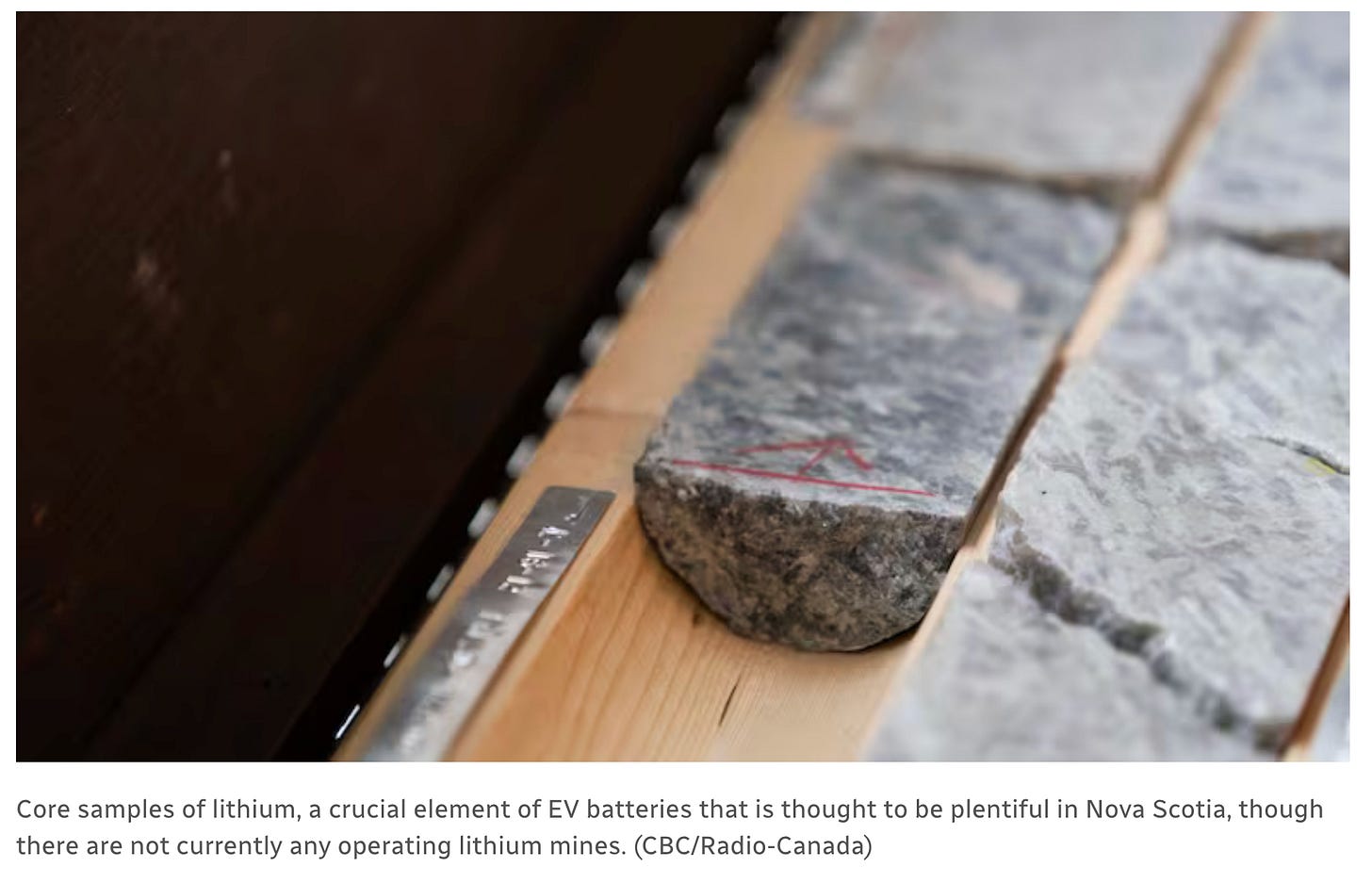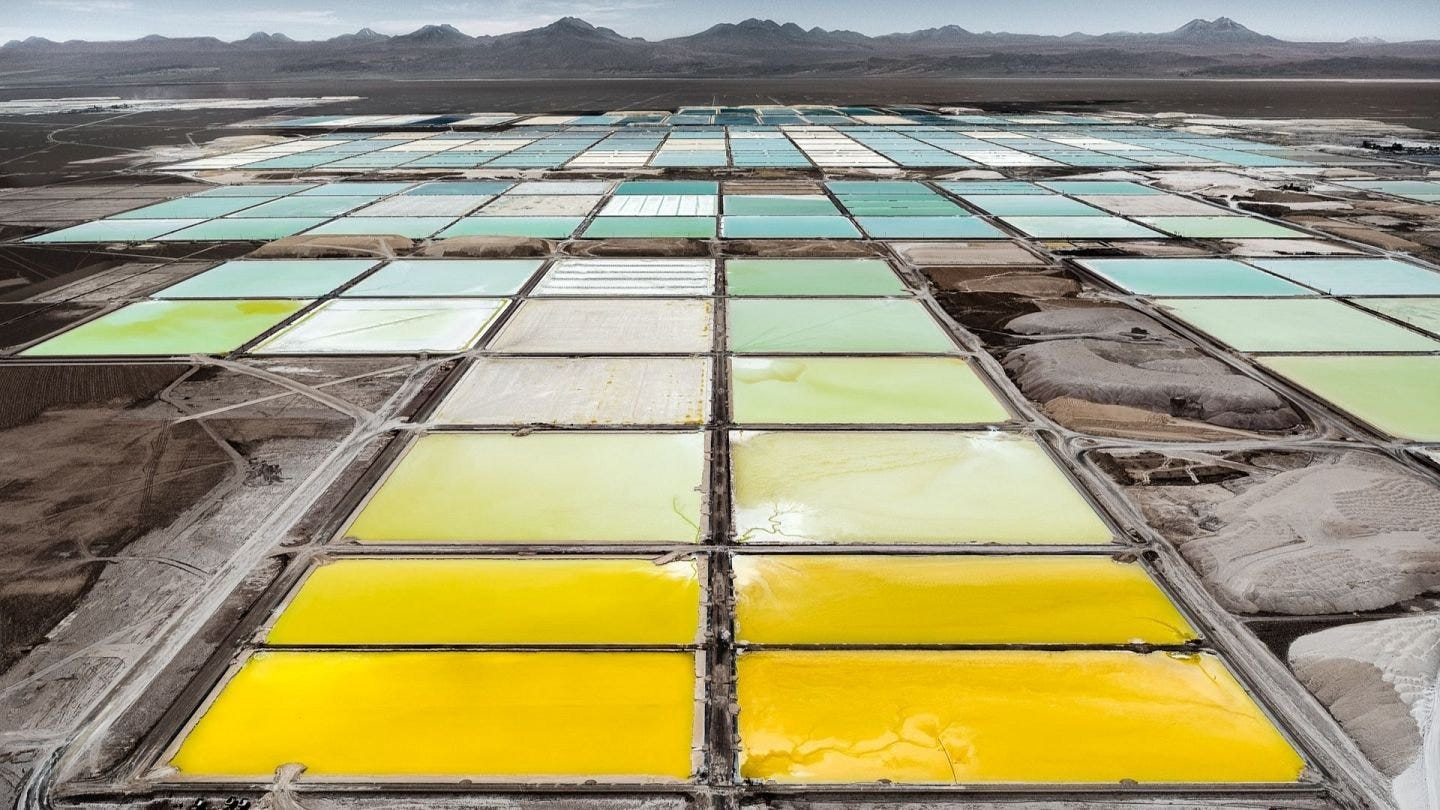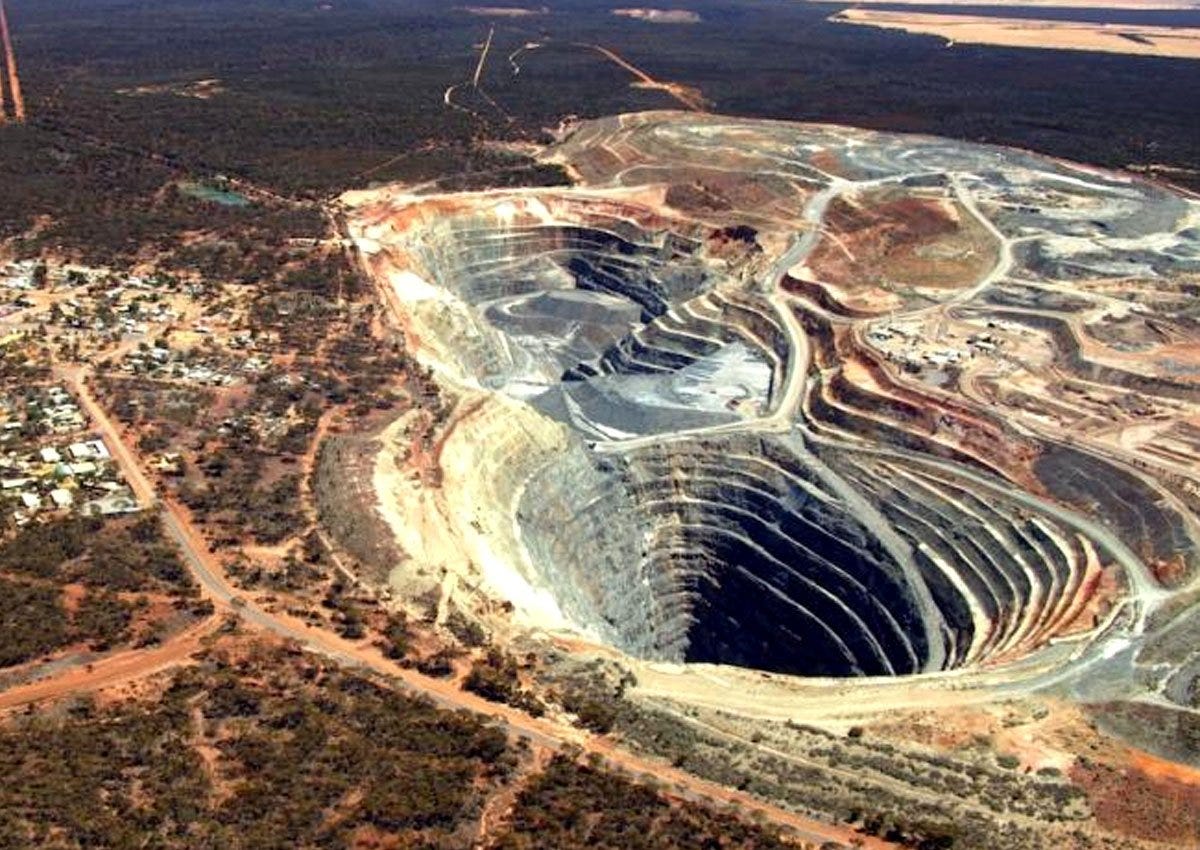Lithium Mining in Nova Scotia - A Brief (that’s actually brief) Investment Perspective For Discussion
You may not be that charged up about lithium. But it’s a subject a lot of people find electrifying.
Lithium is crucial today because it powers rechargeable batteries for electric vehicles, renewable energy storage, and consumer electronics, driving the global transition to clean energy.
This week the Nova Scotia government made a move on Lithium prospecting that some people are going to find shocking! If you want to understand how this mineral rights issue works, it’s explained in detail in the Fracking Essay. In short - in Canada, as in the whole rest of the world except for the USA (land for the free!… for all), people who buy property do not own the rights to what is below the land surface. Since most people learn about mineral rights from American cartoons, TV, and movies this is a little-known fact that evokes a lot of righteous indignation when discovered by environmentalists and people who have the misfortune of having valuable minerals under their land.
SPOILER ALERT - Last month I wrote an analysis of the potential for Fracking investment in Nova Scotia. Spoiler, there is no investment case - especially as Donald Trump, American producers, and the Saudis are battling it out for the future of a cornered market.
I went in deep on Fracking,
WTF - What The Frack?
Fracking, short for hydraulic fracturing, is the process of using a high-pressure mix of water, sand, and chemicals to release oil and gas from deep underground. Now, you might be thinking, “How bad can fracking really be? It produces natural gas! That sounds natural enough.”
I didn’t write about Lithium because… well, it’s all just kinda sad really.
DOUBLE SPOILER: The recent collapse in lithium prices has significantly altered the investment landscape, making new lithium mining ventures—especially in unproven regions like Nova Scotia—highly risky. Established Australian producers, once market leaders, have been forced to dramatically cut back production as global EV demand slows, driving prices down to near break-even levels. With lithium carbonate prices plummeting from record highs and major players struggling to maintain profitability, new entrants face a challenging environment. Given the high startup costs, uncertain resource quality, and the need for substantial infrastructure investment, lithium mining in Nova Scotia appears increasingly unviable in the current market.
The BackStory
With much of the Western world announcing a phase-out of traditional petrol and diesel vehicles, Lithium became one of the most sought-after elements out there. Lighter, more efficient, and more durable than other battery chemicals, Lithium-Ion was the obvious choice for energy storage. Increased demand saw Lithium Mining companies swiftly become giants.
Oversupply and Lower Demand - Not the tuff of good investments
The name of the game in lithium (in 2025) is oversupply. Excess production in places like Africa and China, coupled with softer EV sales, has absolutely hammered the lithium price both in 2023 and 2024.
Lithium price volatility is a feature of the market, opaque pricing, legislation designed to rapidly build critical infrastructure underpinned by lithium and other metals, and this is a recipe for boom-and-bust cycles demonstrated by extremely high and extremely low pricing.
Widespread strategic lithium production cuts are expected to help bring the sector into balance in 2025 as major established producers artificially cut back supply.
Few nations are blessed with natural resources like Australia, where naturally huge reserves of the mineral were found, dug up and sold for eye-watering profits.
Australia became the biggest lithium-producing nation on the planet in 2023. 12 months later in 2024 that all changed. Companies saw markets collapse and profits drop 83% amid a global supply glut. Demand for EVs has stalled in the current slowing EV economic climate, leading to a collapse in lithium prices — leading Aussie miners have already begun to curb production rates.
At current market prices, established Canadian lithium production sites are operating at a roughly break-even basis, with profitability of less than 1%.
Rational investors seeking risk-adjusted returns would likely avoid lithium mining in Nova Scotia, given the slim margins and high uncertainty. A family savings account at the local Credit Union would probably yield a better return.
How is Lithium Mined and Processed?
Lithium can be found worldwide but is prevalent in arid regions in the Southern Hemisphere, such as South America and Australia. It is obtained primarily through salt-flat brines and hard rock mining. Neither would make Wendell Berry very happy. (Wendell Berry is a Kentucky farmer/economist who writes about the importance of Return. For Berry, Return in this sense signifies a cyclical relationship between humans and the land—one of renewal, restoration, and reciprocity rather than extraction and depletion.)
Lithium - A Halifax Connection
Jeff Dahn, a pioneering figure in battery research and founder of the Battery Lab here in Halifax at Dalhousie, has extensively contributed to the advancement of lithium-ion batteries, notably through his collaboration with Tesla to develop long-lasting cells capable of powering electric vehicles for over a million miles.
I’ve met with Jeff and, though he believes that incremental improvements in Lithium batteries are still possible, he was quick to point out that the coolest battery researchers are turning to other, completely different battery types like Sodium and Zinc.
In a fast-evolving science, lithium could disappear from the market as fast as it appeared.
Yep, Sodium… like salt.
Yay! We have salt. And we already mine it.
Plus, we have the sea.
But… so does everybody else.
That’s the point. Sodium could drastically reduce the cost, complexity, and chaos created by lithium mining.








